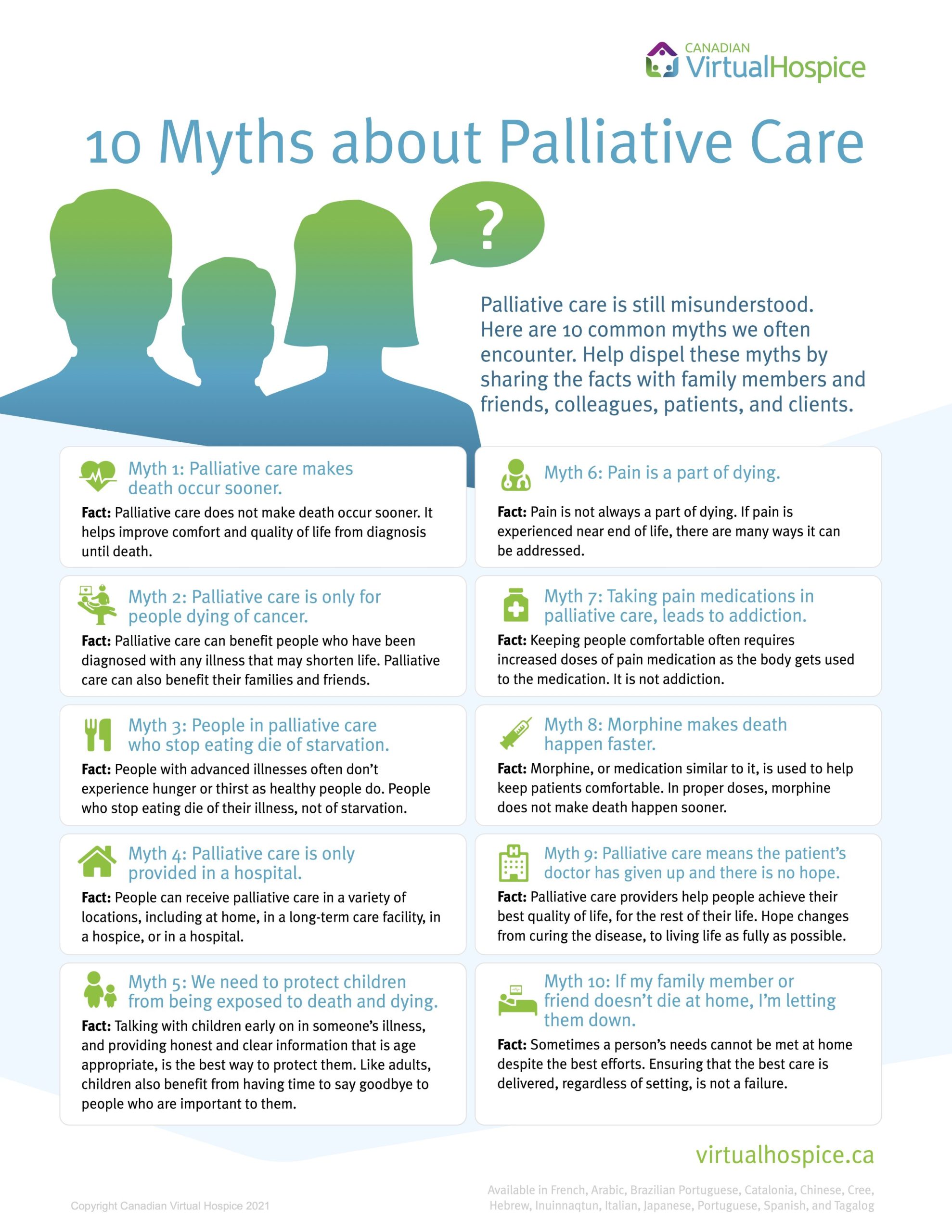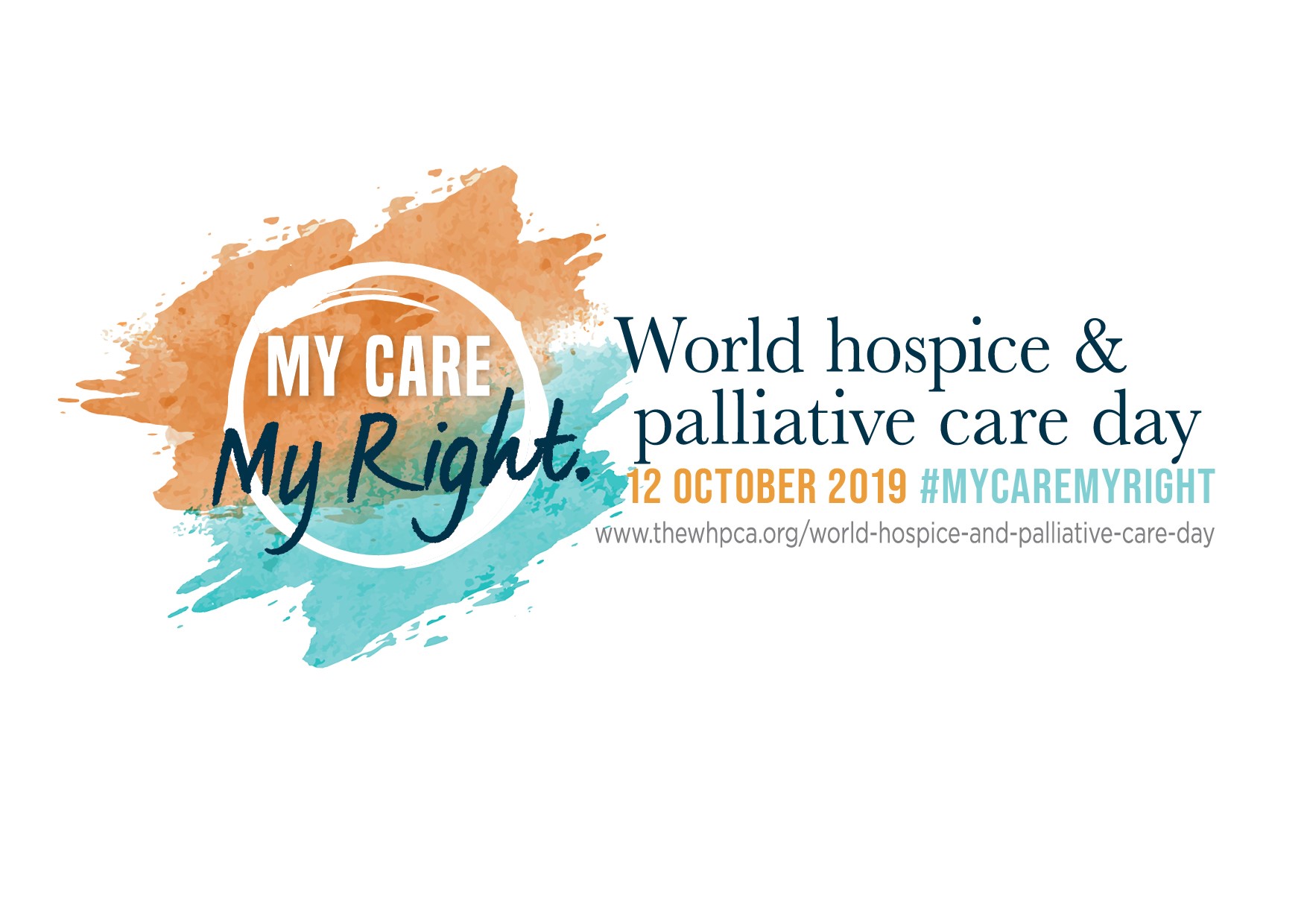
Medical lab tech workers analyze and test every fluid, tissue and cell of the human body. They help doctors diagnose and determine the effectiveness of treatment. They are most often employed in hospitals or clinics. However, they could also work for the federal government. Their job requires a high degree of manual dexterity and attention to detail. They also work with biohazardous materials. They may be restricted from having contact with patients, depending on the environment.
During clinical instruction, students learn to perform diagnostic tests, as well as perform basic laboratory procedures. They might work alongside pathologists who examine cells and tissues. They may also help manage surgical teams. They may also help prepare samples or take diagnostic images. They may also be trained to perform autopsies in the grave.
There are many job opportunities in medical lab technology. A majority of these jobs require an associate’s degree in the field. However, some employers prefer someone with a Bachelor's. Earnings can be higher for those who have a bachelor's. Some jobs also require certification, which can enhance employment opportunities.

People who work in medical technology may be interested to learn more about cytology or blood banking. They may also want to obtain general certifications. There are many schools and hospitals that offer certificate programs. Career Star offers information about medical laboratory technology. Some hospitals also offer on-the job training.
An associate degree in medical laboratory technology can be obtained in a relatively short period of time. Students may be able to complete the program in less than two years. Those who have completed the program can then take the American Society of Clinical Pathology's certification examination. They may also qualify for general certifications such the American Association of Bioanalysts. No matter how long it takes to complete a degree, students will be ready for a career in this field.
Associate's degrees are the first step in your journey to a career working in medical lab technology. The American Medical Association and National Accrediting Agency for Clinical Laboratory Sciences have to accredit the degree. The earning potential of lab technicians can also be enhanced by having a bachelor's level degree.
Medical Laboratory Technology students can apply to the American Society of Clinical Pathology for certification. They may also be eligible in general certifications such the American Association of Bioanalysts, or the American Medical Technologists. They may also be eligible to apply for work in a clinic or blood bank.

Depending on the specific needs of the hospital, some students may also be admitted to the program without a high school diploma. They will need to be approved by the admissions committee. Also, it is important to get practical experience in your field. Most students will complete lab experience through a clinical partner, which may be a hospital or private lab.
Advanced Certificates in Medical Lab Technology are available for anyone who wants to work in medical laboratory technology. Participants must meet specific requirements to be admitted to this 15 credit program. The program is approved by the NYS Department of Education and offers an alternate to a BS in Clinical or Medical Laboratory Sciences.
FAQ
How can my family have access to high-quality health care?
Your state will probably have a department of health that helps ensure everyone has access to affordable health care. Some states also offer coverage for families with low income children. For more information on these programs, contact the Department of Health of your state.
What is the significance of the health-care system?
Any country's economy depends on the health care system. It makes people live longer and more healthy lives. It creates jobs for nurses, doctors, and other medical professionals.
Health care systems help ensure everyone has access to quality healthcare services, regardless of income level.
Understanding the workings of healthcare systems is vital if you plan to become a doctor, nurse, or other medical professional.
What are the main functions of a health care system?
The health insurance system should be able to provide the necessary medical facilities for those who require them at a reasonable rate and allow everyone access to quality services.
This includes providing preventive health care, promoting healthy lifestyles, and appropriate treatment. It also requires equitable distributions of healthcare resources.
Who controls the healthcare system and who pays it?
It all depends on your perspective. The government might own public hospitals. Private companies may run private hospitals. Or a combination.
Statistics
- For instance, Chinese hospital charges tend toward 50% for drugs, another major percentage for equipment, and a small percentage for healthcare professional fees. (en.wikipedia.org)
- The health share of the Gross domestic product (GDP) is expected to continue its upward trend, reaching 19.9 percent of GDP by 2025. (en.wikipedia.org)
- For the most part, that's true—over 80 percent of patients are over the age of 65. (rasmussen.edu)
- Healthcare Occupations PRINTER-FRIENDLY Employment in healthcare occupations is projected to grow 16 percent from 2020 to 2030, much faster than the average for all occupations, adding about 2.6 million new jobs. (bls.gov)
- The healthcare sector is one of the largest and most complex in the U.S. economy, accounting for 18% of gross domestic product (GDP) in 2020.1 (investopedia.com)
External Links
How To
What are the key segments of the healthcare industry?
The healthcare industry includes the following key segments: diagnostics/biotechnology, pharmaceuticals/diagnostics, therapeutics/health information technology, medical device, and equipment.
These medical devices include blood pressure monitors and defibrillators as well as stethoscopes and ultrasound machines. These devices are often used to diagnose, treat, or prevent diseases.
Pharmaceuticals are medications that are used to treat or alleviate symptoms. You can find examples such as antibiotics, antihistamines or contraceptives.
Diagnostics are tests that are performed by labs to diagnose illness or injury. Some examples include blood tests and urine samples.
Biotechnology refers essentially to the use of living organisms (such bacterium) to create useful substances which can be used by humans. Some examples include insulin, vaccines, and enzymes.
Therapeutics refer to treatments given to patients to alleviate or treat symptoms. These treatments can include drugs, radiation therapy and surgical interventions.
Computer software programs used to manage patient records and medical information technology are part of health information technology. It helps them keep track of which medications they're taking, when they should take them, and whether or not they are working properly.
Any equipment used to diagnose, treat or monitor illnesses or conditions is medical equipment. Examples include dialysis machines, pacemakers, ventilators, operating tables, etc.